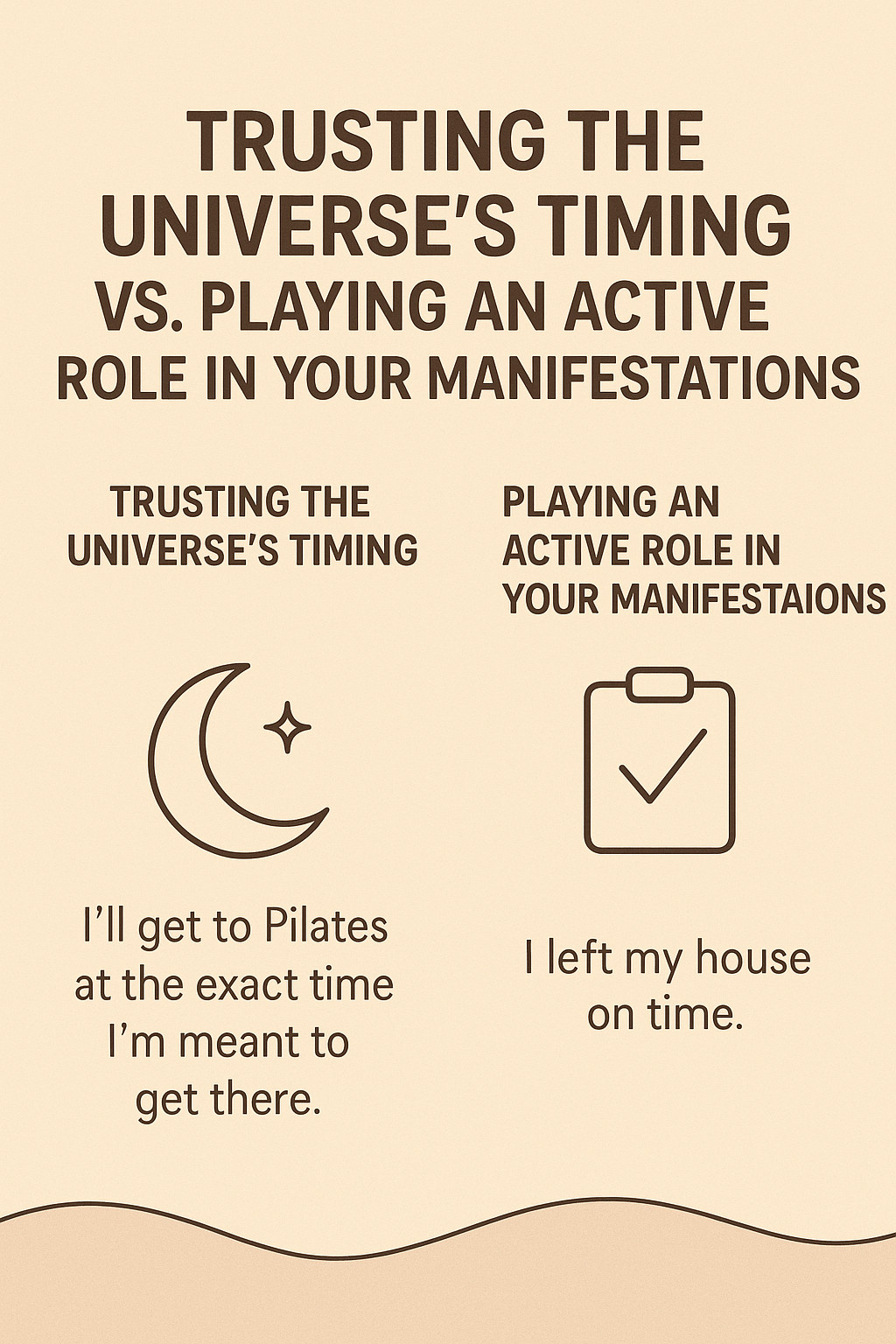
Thought: “I want to be a successful entrepreneur”
Action: Hours wasted doom scrolling on social media
Thought: “I want to be healthy and loose weight”
Action: Hitting up the drive through for a latte and a donut
Thought: “I want to further my knowledge on this topic and grow as a person”
Action: Laying on the couch binge watching a show I’ve already watched four times.
What does it mean when our thoughts and actions are out of alignment? Does it mean that our thoughts aren’t really what we want to accomplish? Or does it mean that our mind defaults to what is comfortable to keep us safe? When our thoughts and actions are out of alignment, it often reflects a complex interplay between our desires and the habits or comfort zones we have established over time. It doesn't necessarily mean that our thoughts aren't genuine or that we don't truly want to accomplish those goals. Instead, it highlights the challenge of bridging the gap between intention and action.
This misalignment can be attributed to several factors. First, our brains are wired to seek comfort and avoid discomfort, which can make stepping out of our existing routines challenging. We might default to familiar behaviors, even when they contradict our aspirations, simply because they provide us with a sense of immediate satisfaction or safety.
Instant gratification poses a significant danger to our long-term goals and aspirations. In a world where everything is available at the click of a button, the allure of immediate satisfaction often overshadows the benefits of delayed gratification. This tendency to prioritize short-term pleasure over long-term achievement can derail our progress, leading us away from the path that aligns with our true desires. When we succumb to the comfort of instant rewards, we may inadvertently reinforce habits that are misaligned with our intentions, ultimately making it harder to achieve the lasting success and fulfillment we seek.
The pursuit of immediate satisfaction can create a cycle of dependency, where our motivation becomes linked to short-term rewards rather than intrinsic goals. This cycle can erode our resilience and perseverance, essential traits for overcoming challenges and obstacles. As we become accustomed to quick fixes, we might lose sight of the bigger picture, failing to develop the patience and discipline necessary to stay committed to our long-term objectives. This can lead to feelings of frustration and inadequacy, as we find ourselves repeatedly falling short of our aspirations.
The discrepancy between thoughts and actions might also signal that while our goals are clear, the steps to achieve them might not be. Sometimes, the path to fulfilling our intentions requires more effort, discipline, or change than we anticipate, making it easy to retreat to established habits.
To counteract the pitfalls of immediate gratification, it is crucial to develop a well-thought-out plan that guides us toward our goals. By breaking our ambitions into smaller, manageable steps, we can create a roadmap that keeps us focused on the bigger picture while allowing for incremental progress. This approach not only makes the journey less daunting but also provides us with a sense of accomplishment as we achieve each milestone. A structured plan helps us anticipate potential challenges and proactively devise strategies to overcome them, reinforcing our commitment to our goals.
Furthermore, having a plan in place enhances our ability to stay aligned with our intentions by providing clarity and direction. It encourages us to regularly evaluate our progress, make necessary adjustments, and remain adaptable in the face of change. This ongoing process of reflection and revision ensures that our actions consistently support our aspirations, fostering a sense of purpose and satisfaction. Ultimately, a well-crafted plan acts as a compass, guiding us through the complexities of life and keeping us true to our values and dreams.
To realign our actions with our intentions, it can be helpful to break down goals into smaller, manageable steps, allowing us to make gradual progress without overwhelming ourselves. Building awareness around our choices, recognizing triggers that lead to comfortable but counterproductive actions, and cultivating new habits that align with our goals can support this process. Ultimately, understanding and addressing the reasons behind our misalignment can empower us to make choices that truly reflect our aspirations and values.














0 Comments